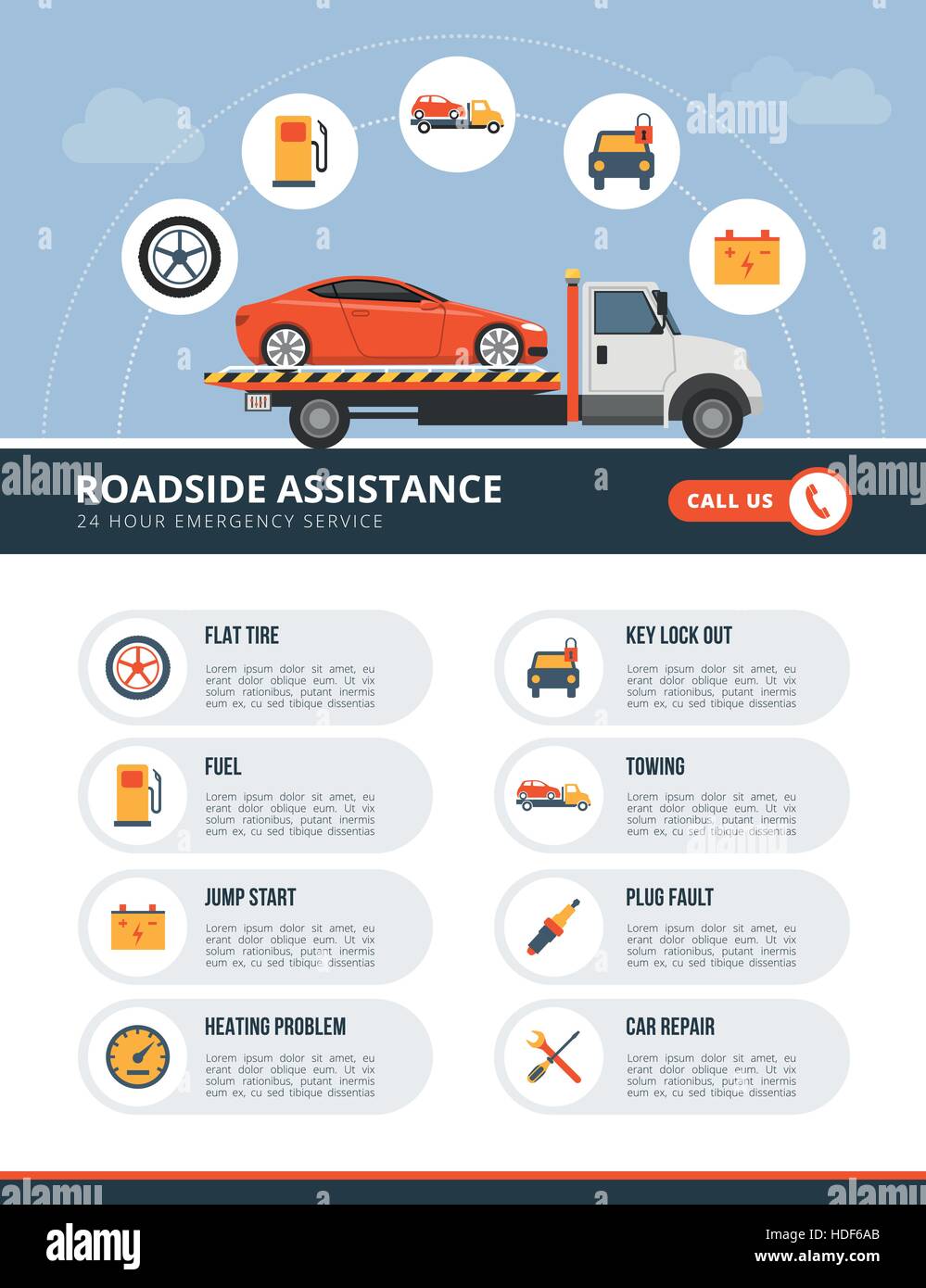Grasping The Value Of Your Car'S Warning Signals: What They In Fact Represent
Grasping The Value Of Your Car'S Warning Signals: What They In Fact Represent
Blog Article
Short Article Created By-Hartley Forbes
When you're behind the wheel, those beautiful caution lights on your dashboard can be a little bit perplexing. Do you recognize what they're trying to inform you about your cars and truck's wellness? Recognizing a and m auto detailing of these lights is essential for your security and the durability of your lorry. So, the next time one of those lights pops up, would not you want to decipher its message properly and take the essential steps to address it?
Common Warning Lights and Interpretations
Identify typical caution lights in your vehicle and recognize their definitions to ensure secure driving.
The most regular caution lights consist of the check engine light, which signifies issues with the engine or discharges system. If this light begins, it's essential to have your lorry checked promptly.
The oil stress advising light suggests low oil pressure, needing immediate attention to stop engine damages.
A flashing battery light may suggest a malfunctioning charging system, possibly leaving you stranded if not attended to.
The tire pressure tracking system (TPMS) light informs you to reduced tire pressure, impacting vehicle stability and gas effectiveness. Overlooking this could cause risky driving conditions.
The abdominal muscle light shows a problem with the anti-lock stopping system, endangering your capability to stop swiftly in emergencies.
Finally, the coolant temperature warning light warns of engine getting too hot, which can result in severe damages if not resolved promptly.
Understanding these common warning lights will aid you deal with issues quickly and preserve secure driving conditions.
Relevance of Prompt Interest
Recognizing the common warning lights in your car is only the first step; the value of quickly resolving these warnings can't be emphasized sufficient to ensure your security on the road.
When a caution light brightens on your dashboard, it's your cars and truck's method of connecting a prospective concern that needs interest. Disregarding these cautions can result in extra severe problems down the road, compromising your safety and potentially costing you much more out of commission.
Trigger attention to cautioning lights can protect against breakdowns and mishaps. For example, a flashing check engine light could suggest a misfire that, if left ignored, might trigger damages to the catalytic converter. Resolving this quickly can save you from a costly fixing.
In a similar way, a brake system warning light could signal reduced brake liquid or used brake pads, important components for your safety and security when driving.
Do It Yourself Troubleshooting Tips
If you discover a caution light on your control panel, there are a few DIY troubleshooting suggestions you can try before looking for professional help.
The very first step is to consult your vehicle's manual to understand what the details warning light shows. Occasionally the concern can be as basic as a loosened gas cap activating the check engine light. Tightening the gas cap may resolve the problem.
Another usual problem is a low battery, which can cause different warning lights. Inspecting the battery links for rust and ensuring they're protected may fix the issue.
If a warning light continues, you can attempt resetting it by separating the automobile's battery for a few minutes and after that reconnecting it. In addition, checking your vehicle's fluid degrees, such as oil, coolant, and brake liquid, can aid troubleshoot advising lights connected to these systems.
Conclusion
In conclusion, comprehending your car's warning lights is vital for keeping your vehicle running efficiently and safely. By promptly addressing these notifies and knowing what they suggest, you can prevent costly repair services and prospective failures.
Keep in great post to read to consult your car's guidebook for specific details on each cautioning light and act as necessary to ensure a trouble-free driving experience.
Keep notified, stay safe on the road!
